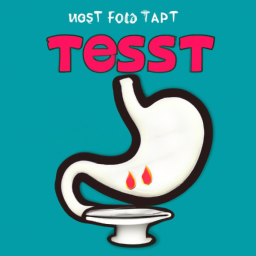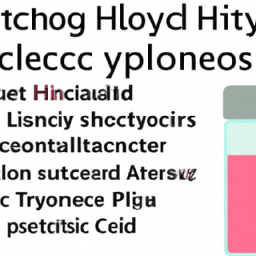What is the Difference between C13 and C14 H Pylori Testing?

Benifits and Significance of Using H Pylori Test for Screening of Stomach Cancer
2023-03-31What is the Difference between C13 and C14 H Pylori Testing?

Stomach Pain? Need a test ? ETest Medical had made it simple
Helicobacter pylori (H. pylori) is a bacterium that infects the stomach lining and can cause various gastrointestinal diseases, including gastritis, peptic ulcers, and even stomach cancer. To diagnose H. pylori infection, doctors use different methods, including blood tests, stool tests, and breath tests. Among the breath tests, the most common ones are the C13 and C14 H. pylori tests. In this article, we will explore the differences between these two tests and their advantages and disadvantages
C13 H. pylori Test
The C13 H. pylori test is a non-invasive diagnostic test that measures the amount of carbon dioxide (CO2) in a patient’s breath. The test involves the patient drinking a solution containing C13-labeled urea, a chemical compound that H. pylori bacteria can break down into CO2 and ammonia. After30 minutes, the patient exhales into a collection bag, and the CO2 levels in the breath sample are measured using a mass spectrometer
The C13 H. pylori test is highly accurate, with a sensitivity of95% and a specificity of98%. It is also safe and easy to perform, and it does not require any special preparation or fasting. However, the test is relatively expensive, and it may not be available in all healthcare facilities
C14 H. pylori Test
The C14 H. pylori test is another breath test that measures the amount of radioactive carbon-14 (C14) in a patient’s breath. Like the C13 test, the C14 test involves the patient drinking a solution containing C14-labeled urea. However, instead of measuring CO2 levels, the test measures the amount of C14 in the breath sample using a scintillation counter
The C14 H. pylori test is also highly accurate, with a sensitivity of95% and a specificity of98%. It is less expensive than the C13 test, and it is widely available in most healthcare facilities. However, the test requires the patient to fast for several hours before the test, and it exposes the patient to a small amount of radiation
Which Test to Choose?Both the C13 and C14 H. pylori tests are reliable and accurate methods for diagnosing H. pylori infection. The choice between the two tests depends on several factors, including the availability of the test, the cost, and the patient’s medical history and preferences
In general, the C13 test is preferred for patients who cannot tolerate fasting or who have a history of radiation exposure. The C14 test is preferred for patients who require a more affordable test or who do not have access to a C13 test facility
Conclusion
In summary, the C13 and C14 H. pylori tests are two reliable and accurate methods for diagnosing H. pylori infection. Both tests have their advantages and disadvantages, and the choice between the two tests depends on several factors. If you suspect that you have an H. pylori infection, consult your healthcare provider to determine which test is best for you. Early diagnosis and treatment of H. pylori infection can prevent serious complications and improve your overall health and well-being.



